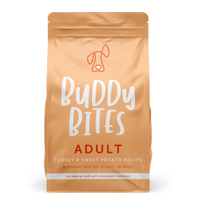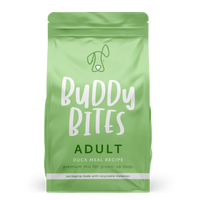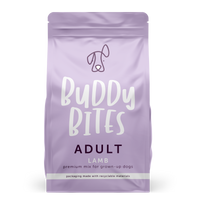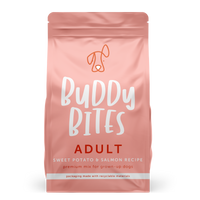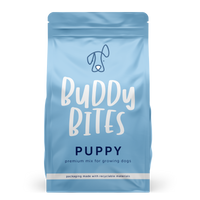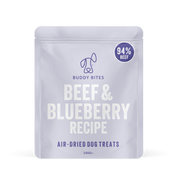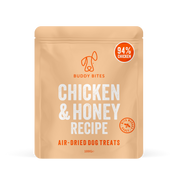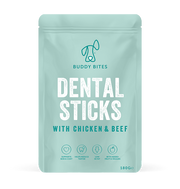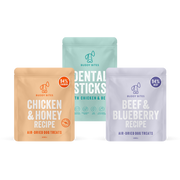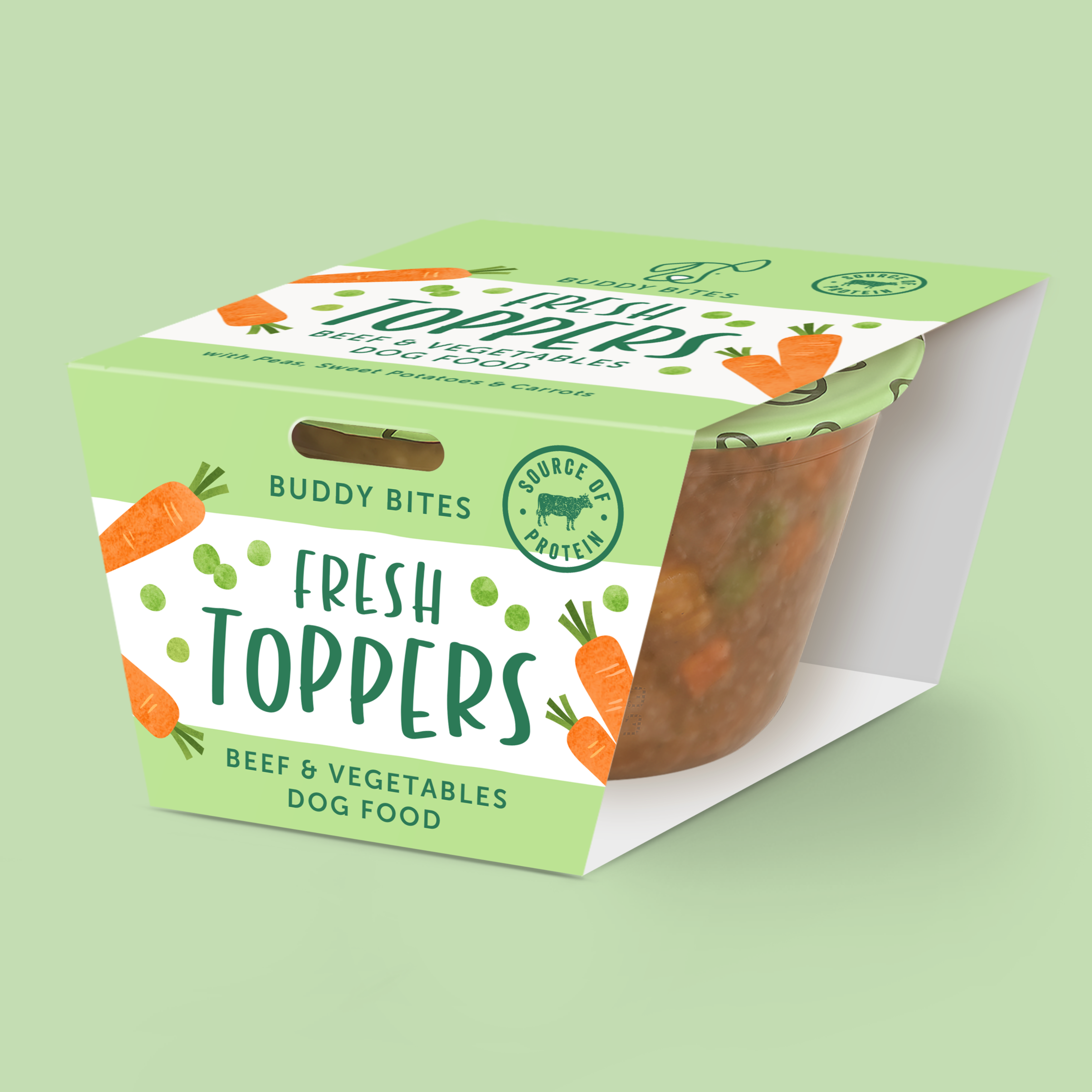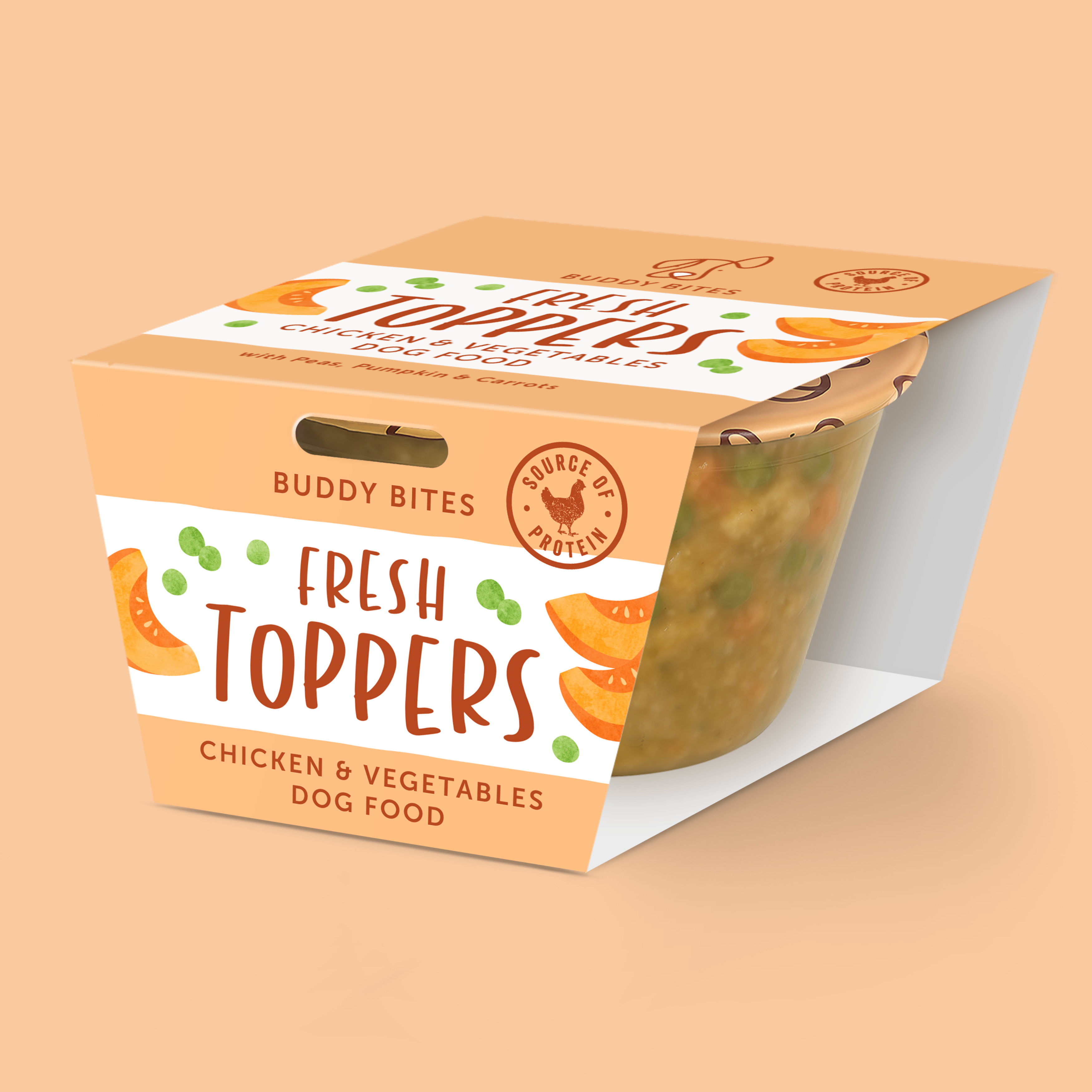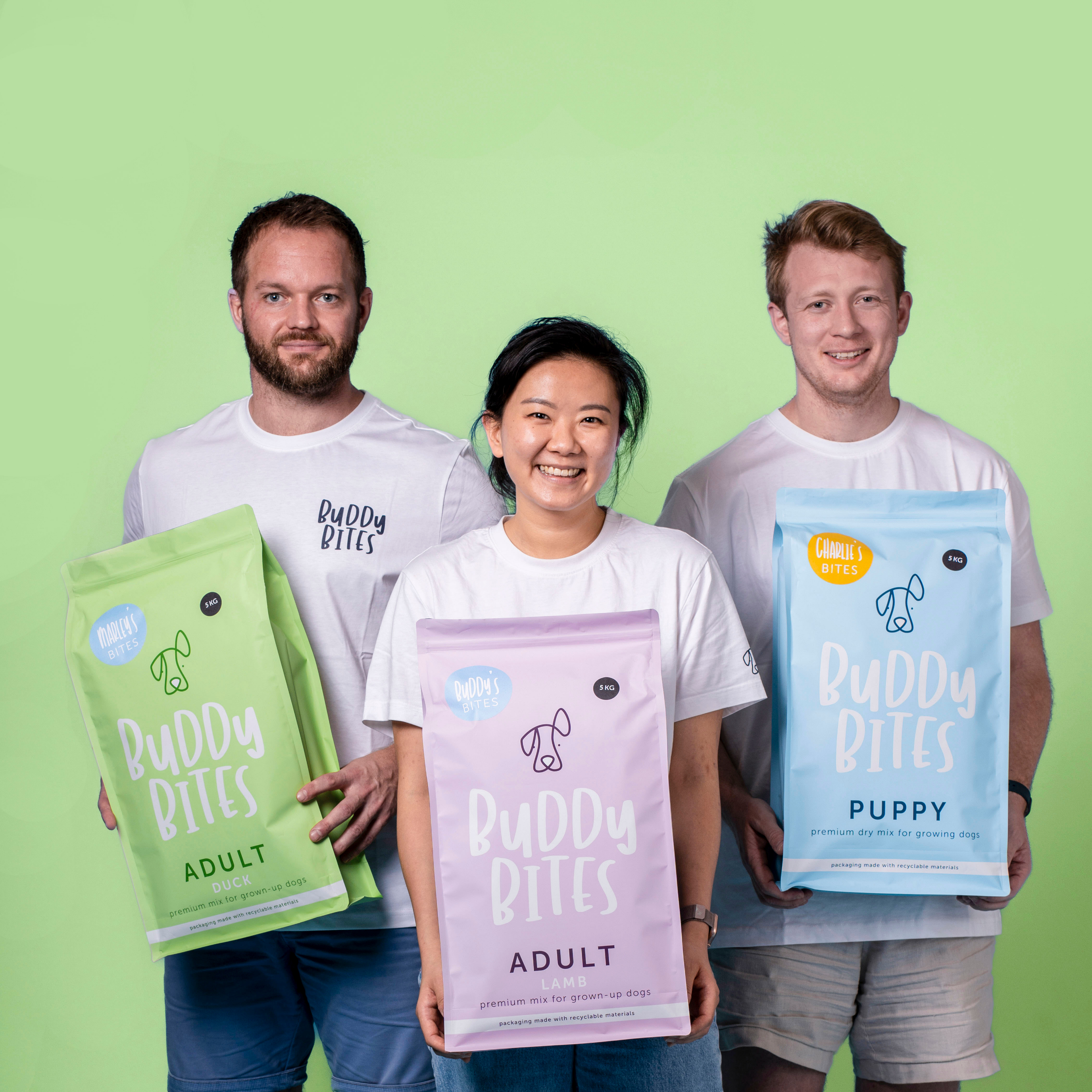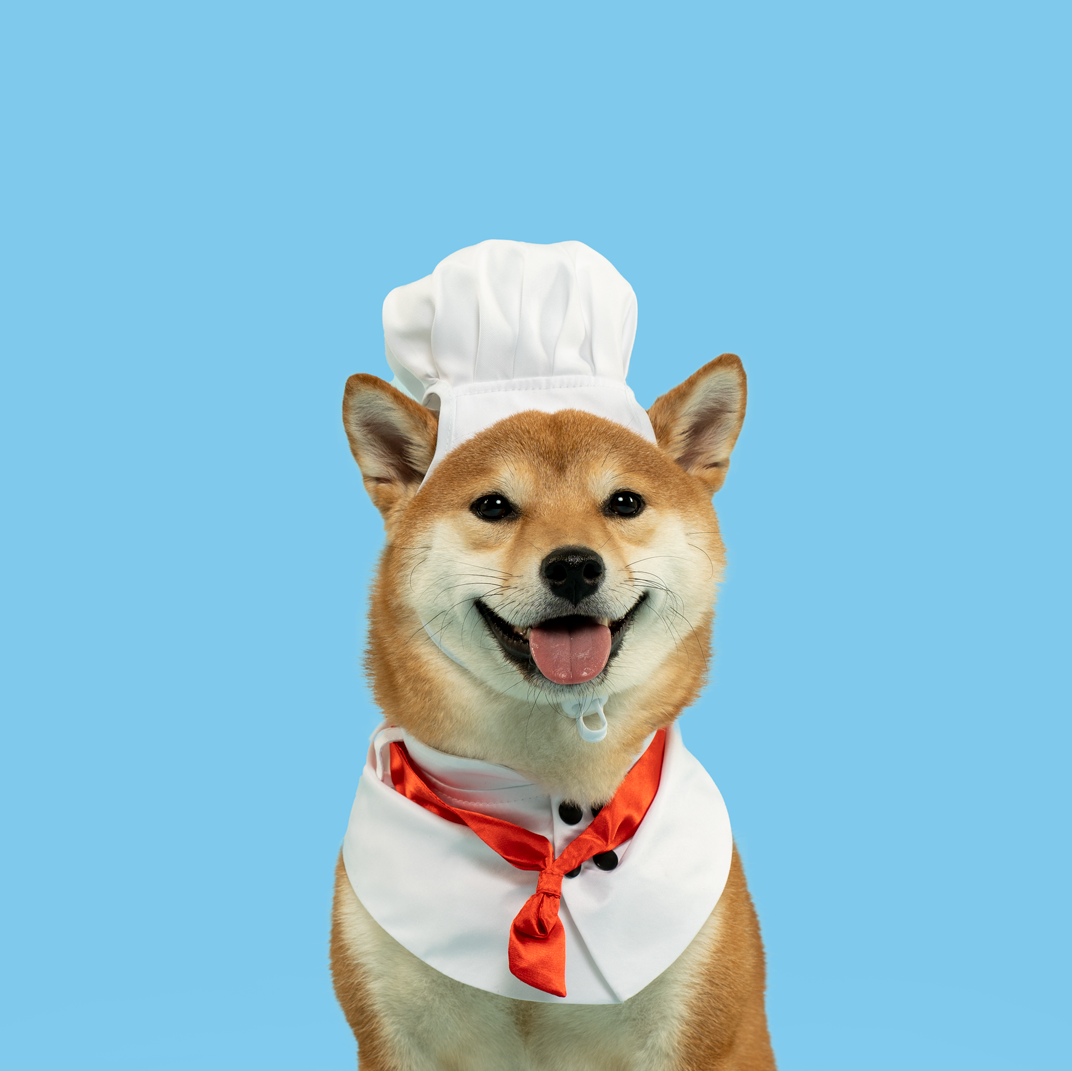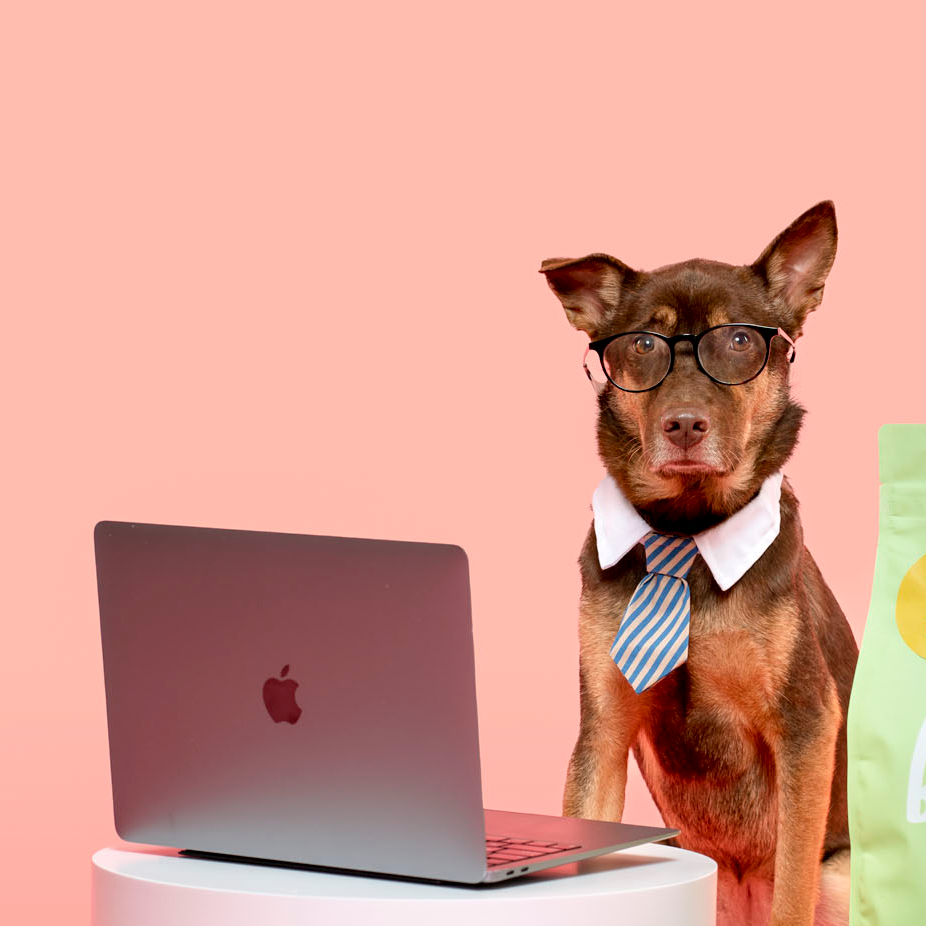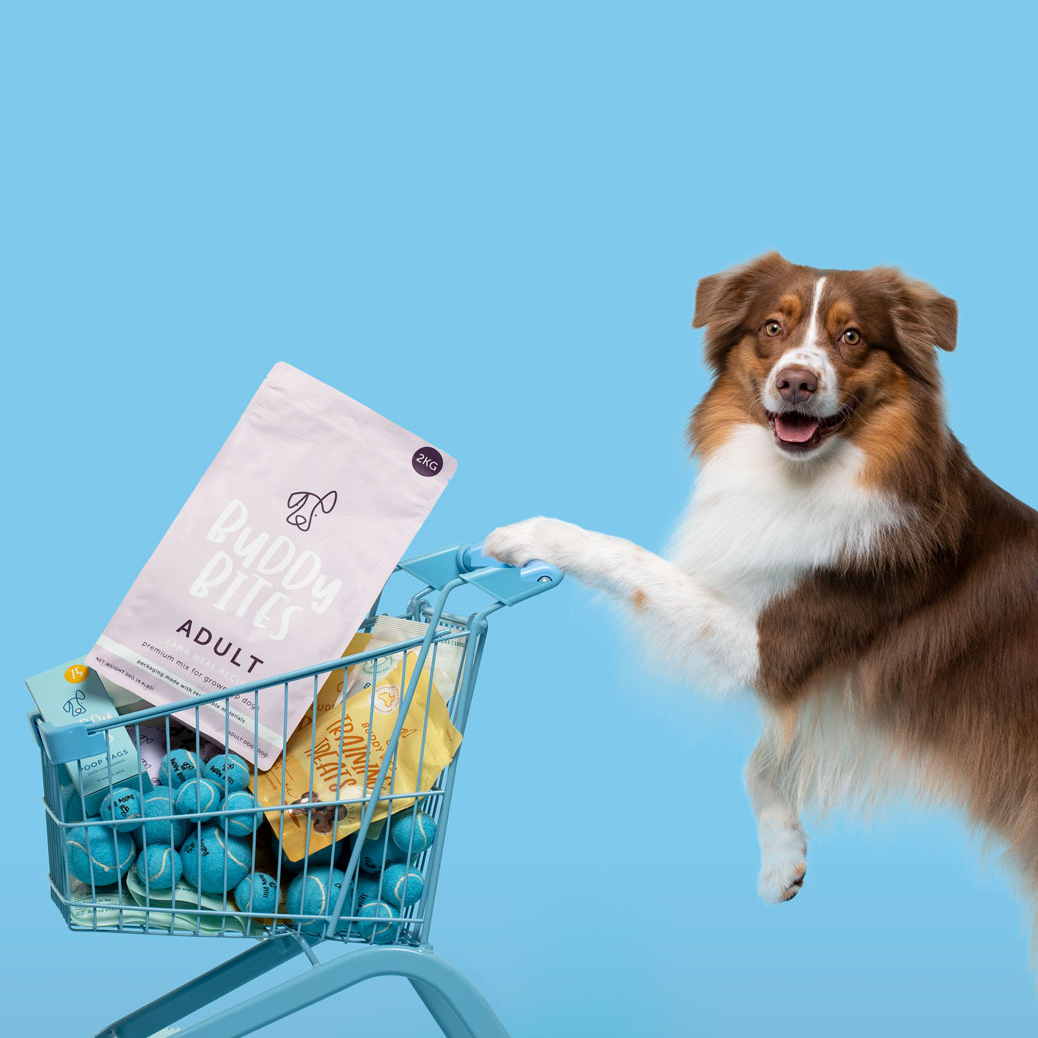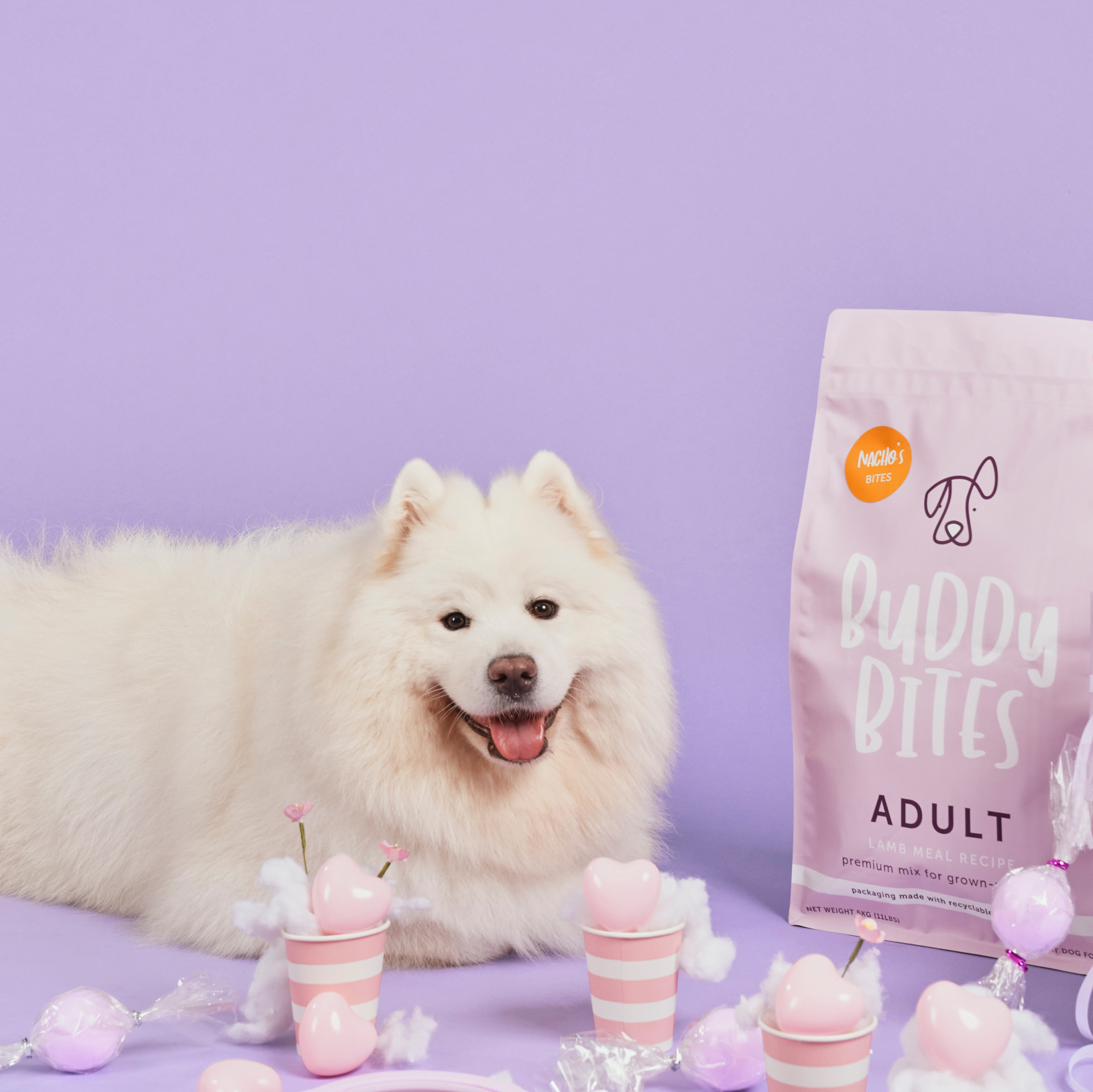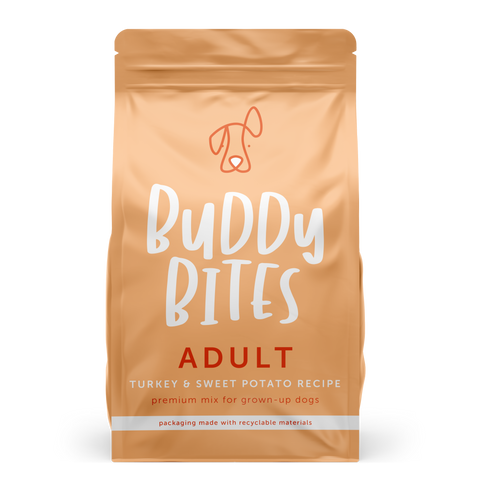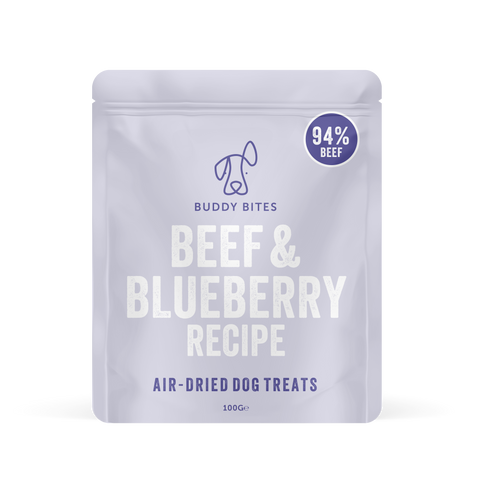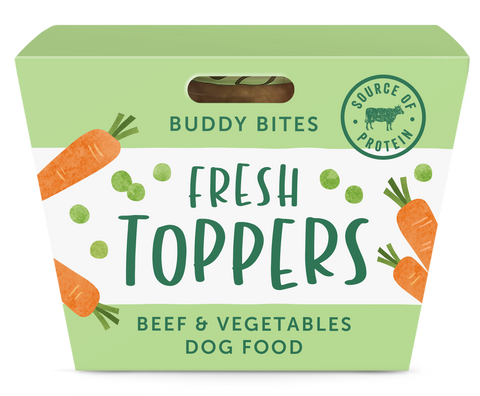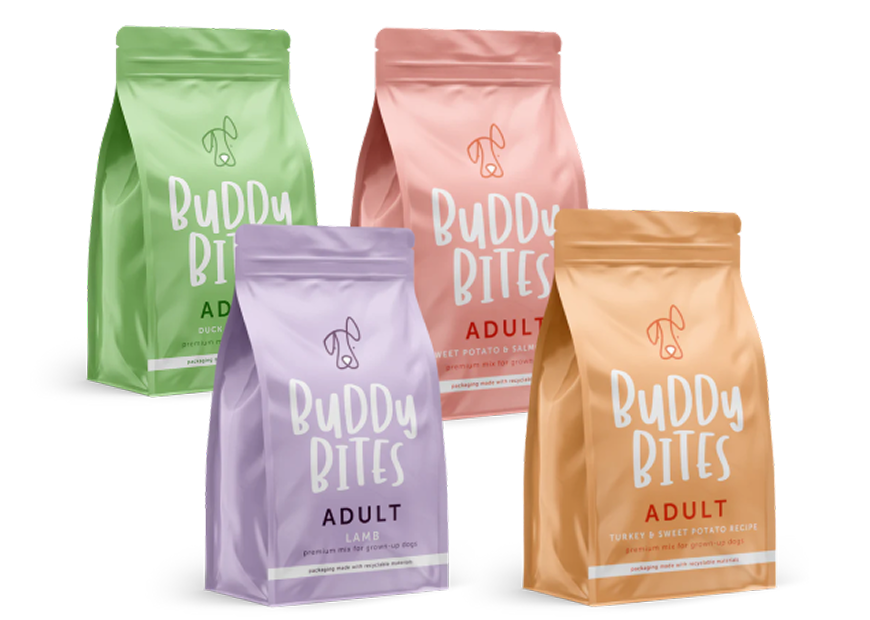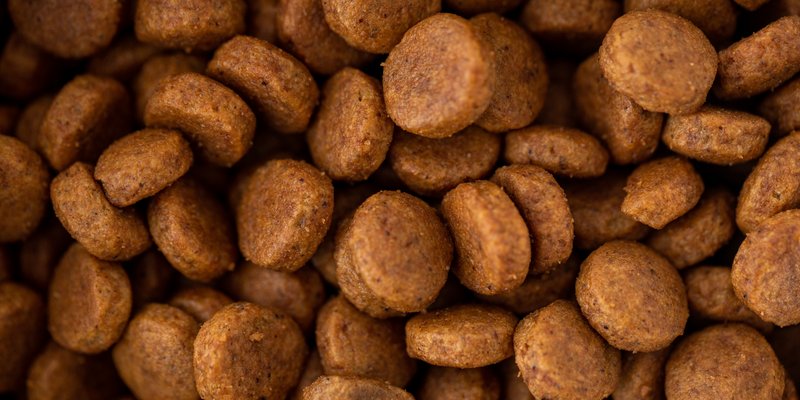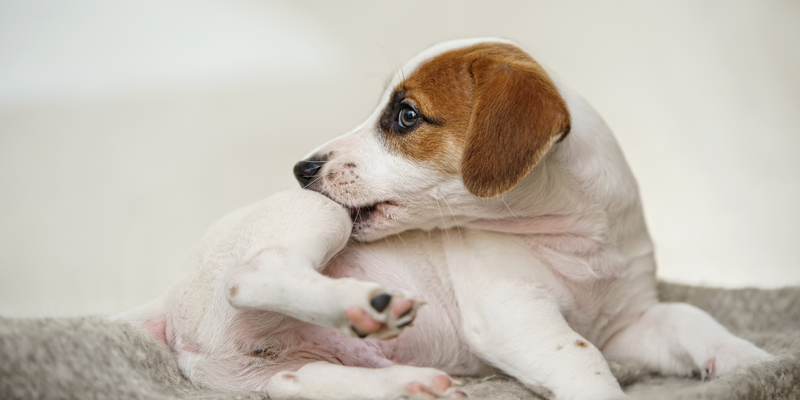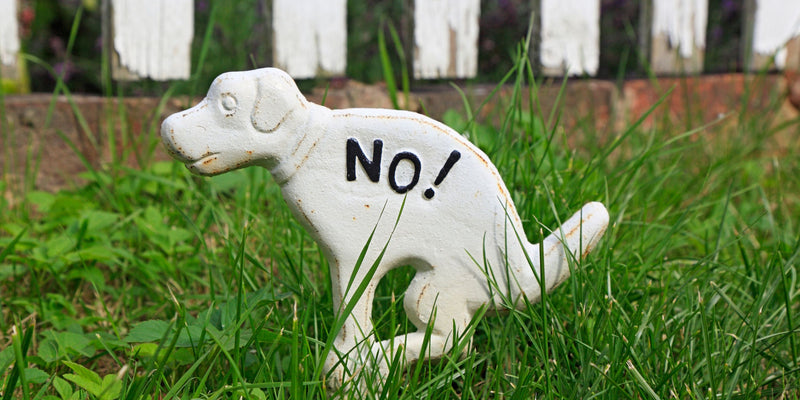8 Tips on How to Clean Dog Bowls—and Why
October 30, 2022
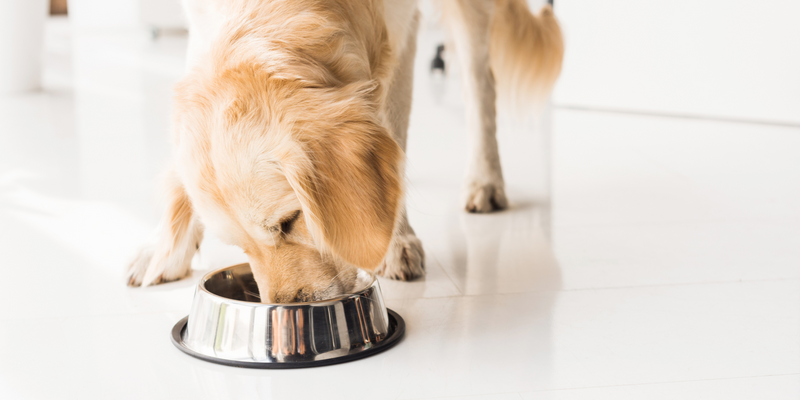
Photo by Karsten Winegeart on Unsplash
You might not remember the last time you cleaned your dogs’ bowls, but Buddy Bites is here to remind you why you should and how you can go about doing it properly.
Just like humans, we wash our bowls and plates after every meal. The same goes for dogs. You may not be able to see the dirt in their bowls with the naked eye, but it doesn’t mean that there aren't bacteria and germs floating around.
For starters, biofilm is a type of slimy residue you can feel if you drag your finger along the wall of a dog bowl. In basic words, it’s a buildup of microorganisms that band together so that they can survive better.
Next, comes algae and mould. If you’ve left your dog food out long enough or left a bowl of water stagnant and unchanged for a while, you can expect some growth.

Photo by Liz Harrell on Unsplash
Dog bowls and food mats are both breeding grounds for germs and bacteria when a dog’s saliva mixes with bits of leftover food. This can mean Salmonella, Staphylococcus, and E.coli, which are hard to remove and can spread to household members. Dogs can also develop skin infections or growths around the mouth and chin that can be contagious to other dogs, such as warts. Dog warts are not contagious to humans, but can pass onto other canines in your household or outdoors. Practice responsible dog ownership.
To stay on top of how to best clean your dogs’ bowls and mats, we’ve broken down the steps below and included a few helpful recipes to get you started.

Photo by Matthew Tkocz on Unsplash
But first, what is the difference between cleaning, disinfecting, and sterilising?
Tomato, tomato — right? Wrong.
Cleaning is the most basic term. It removes germs with soap and water but doesn’t kill them, so they could still linger if you haven’t mastered your cleaning skills.
Disinfecting kills germs with the help of chemicals, but it also doesn’t mean it cleans.
Sterilising removes bacteria and other living organisms with the help of cleaning and disinfecting with stronger chemicals.
Rule of thumb — do all three. Here’s how.

Photo by ZHIJIAN DAI on Unsplash
- Wash it separately
It may seem like a no-brainer, but unless you are one of the very few owners of a dishwasher that are far and few in between in Southeast Asia — wash your dog dishes separately from human dishes. This will avoid cross-contamination for any possible bacteria, such as salmonella that can even withstand warm temperatures.
Dishwashers are considered superior to handwashing because of the high heat temperatures they can run wash cycles on — and heat is effective at killing bacteria.

Photo by Pille R. Priske on Unsplash
- Have a separate dog sponge
Using the same kitchen sponge for both human and dog dishes would be like sharing the same toothbrush. It’s unsanitary — so invest in a separate sponge. Make sure it is dog safe i.e. non-scratch, similar to like you would use for non-stick or ceramic frying pans. This avoids food and water from seeping into cracks, especially in porous surfaces where they can get trapped. Don’t forget to store your sponges separately, not sitting side-by-side with each other touching.
Pro Tip: Use a separate brush with long bristles for fun feeders and maze bowls to get into the grooves to remove every ounce of debris.

Photo by Anastasia Nelen on Unsplash
- Use dog-friendly soap
Dogs can also have allergies to environmental triggers, so avoid strong fragrances such as tea tree or peppermint oil that your dog could possibly react to. Neutral, fragrance-free soap or cleaning solutions that are dog-friendly are safer options.

Photo by an_vision on Unsplash
- Use hot water — not luke warm water
Boiling water needs to be above 60 to 70 degrees before any germs or bacteria are removed and killed. If the hot water in your kitchen sink is not hot enough, boil a kettle.

Photo by Ralph Hutter on Unsplash
- Let it soak for 15 minutes
This gives the hot water time to kill any pathogens in your dogs’ bowls. You can also add a mixture of vinegar and baking soda for stubborn crumbs that won’t lift off of the surface, such as when kibble is soaked for softening up.

Photo by Kwame Anim on Unsplash
- Disinfect with vinegar
White vinegar only removes certain germs, so make sure you follow up this step with sterilisation, unless you have a stainless steel bowl. You can use vinegar after a good soapy scrub — get into every nook and cranny.
Photo by Kelly Sikkema on Unsplash
- Sterilise with bleach (non-stainless steel bowls only)
Use with caution! Bleach is not often recommended as the number one go-to, because if it is not properly cleaned off, it can pose health risks to dogs. If you do decide to sterilise with bleach, make sure you heavily dilute it with water. Avoid using bleach or other chlorine-based disinfectants on stainless steel because it can wear away at the material and cause rusting over time.

Photo by Sven Mieke on Unsplash
- Dry with a separate drying cloth
For the same reason we use separate sponges, use separate drying cloths. This will avoid any lingering germs or bacteria from spreading to human dishes if some steps were rushed through or missed.
Note: Not recommended when feeding wet food and is not ideal for humid countries like Hong Kong and Singapore, which poses breeding grounds for bacteria and germs to grow in warm, moist climates.

